Polish Hall Coleman Alberta (1927)
Alberta’s Crowsnest Pass has a storied history of coal mining and well into the 1950s, it drove the economy here. Back then everyone and everything had a connection to the industry. Period and end of story. People came from all over the world to work underground in the valley and it had one of the most diverse populations anywhere. Folks from Poland were included in the mix and for one, left their mark via the Polish Hall in Coleman. That’s our subject for today.
Southern Poland is a big coal region and it’s only natural workers from there would eventfully find their way to this area. The promise of a better life in Canada must have been a powerful draw and while working conditions here were hard, there were numerous reasons to come. Be they financial, political or both. Coal mining anywhere afforded one a meager existence back then, but it’s what you knew and doing it here still a a step up.
Polish Hall Coleman Alberta (1927): a fascinating past in the Crowsnest Pass. Pop history by Chris Doering & Connie Biggart (BIGDoer/Synd)
Be like Gary…
So they came, and while a trickle at first, the momentum soon built. There were numerous mining towns up and down the valley but many Poles ended up choosing Coleman as home. It soon became one of the largest concentrations of folks from that country in the province.
Many found employment at the two major mines in the community, the International on the south side and McGillivray Creek on the north. These ranked as some of the biggest producers in the area and had large payrolls.
By 1916 an association formed and called the Polish Brotherly Aid Society, a benevolent organization in service of folks from the homeland. They assisted newcomers, provided financial aid to members in need, due to tragedy or hardship and promoted Polish culture. Think it as a place to network, socialize, take pride in and help with one’s own.
“The Polish communities in the region were characterized by a robust sense of cultural identity and a strong ethic of communal solidarity.” Canada’s Historic Places.
Members also formed an orchestra, hockey team, plus opera and drama groups.
For eleven years society meetings were held in a private residence but something better needed. Built in 1927, it’s noted as the first Polish Hall in the country. One report mentions it got finished the following year. By that date (whichever) the society numbered about two hundred and forty. About half lived in Coleman and the rest in other nearby communities. There were lots of towns in the valley and each generally associated with one or two big mines.
The building functioned as a general purpose hall and put to good use right out of the gate. The society kept it busy with meetings, dances were held, as were weddings, plus Polish celebrations and many other events. The building also housed a Polish library and school.
Team BIGDoer got to go inside, about 2008 as our diseased brains recall, and when out for a walk dropped by a rummage sale held there. We’ve passed it many times but that’s the only instance recalled with something going on inside. Old photos found while researching this post show the interior little different from what we remember from our visit. It’s comprised of a large open area and with a raised stage at the far end.
Bricks used to construct the hall were salvaged from another structure in the Pass, but there’s conflicting data as to which.
Certain documents mention they came from the Rocky Mountain Sanatorium in Frank (a former hotel) and demolished a few years before construction of the hall. However, that structure appears of wood, but perhaps brick used in some way not obvious from an exterior view. Old photos sourced show it a big and imposing place, but with no obvious patterns suggesting it’s of that material.
Others say they came from the Frank Smelter, located within shouting distance of the sanatorium and similarly demolished around that time. That plant indeed was of brick and mention is made these were resold for others uses without elaborating on what. Old photos how it quite large and able to supply many buildings the size of the Polish Hall. Of the two possibilities, this one seems more plausible.
This building is sometimes refereed to as the Polish Miner’s Hall in reference to those from the old country employed in area mines. So nearly everyone of that ethnicity. Everyone’s father, grandfather, husband or brother dug coal. Once it’s in your veins, there’s no getting away.
Volunteers constructed the building and when new it had an exterior of plain brick. A few years later they covered it in stucco and it took on the appearance seen today. The date above the front door appears added about this time and does not show earlier.
The parapets at each corner of the front wall are topped by sculptures in the shape of coal lumps. The first time we passed it by, it didn’t click and only later did we notice. That we’re a little slow off the line is the norm (haha). The front vestibule does not appear in all but the oldest photos and must have been added early on.
We’re not sure who owns the Polish Hall present day but perhaps an incarnation of the original organization, or maybe others. It is a recognized heritage building and kept up and from what we can tell, still used from time to time. If we ever see it open again, we’ll check it out and maybe snap some photos inside.
There were other ethnic halls in the Pass and a historic plaque in front of this building makes mention of these. We’re aware of the Italian Hall in downtown Coleman and it’s still standing, but there’s that were others perhaps unknown to us. A diverse mix of people from all over the world came to the area and made the Pass their home.
Back before government programs and worker benefits, these societies functioned as support groups providing not only financial assistance but also a place of being. For newcomers, the laid off, injured on the job, those made a widow or orphan, help can be found thanks to fellow countrymen at these halls.
Our visit happened on the very last day of 2023, in the morning and with the dawn sky alive with colour. Purples and orange cast upon the building and even in the low light, it had an almost surreal glow. The Polish Hall honours the coal mining legacy of the Pass and it’s always a thrill to photograph and research these places.
This post replaces and earlier one from 2012. Interestingly, we just noted that it too was also photographed on the last day of the year. We’re often in the Pass at that time of year, yet it’s still an interesting coincidence.
Lots of cool stuff in the area (new window): Historic Buildings Crowsnest Pass Alberta.
They’re saying…
“Criminally underrated and overlooked. A hidden gem.” Chris A.
Awesome history…
Ogden Block – Hong Lee Laundry Calgary. In BIGDoer’s hometown.
Avon School. Middle of nowhere Saskatchewan.
Cody & The Noble Five. Mountains of BC.
St Norbert’s. Plains of Eastern Alberta.
Something to say and no one to say it to? Go here: Contact Us!
Date of adventure: December, 2023.
Location: Coleman, Alberta.
Article references and thanks: Alberta Energy Regulator, Ian McKenzie. Crowsnest Heritage Initiative, HistoricPlaces.ca and Alberta Culture, Historic Resources Management Branch.
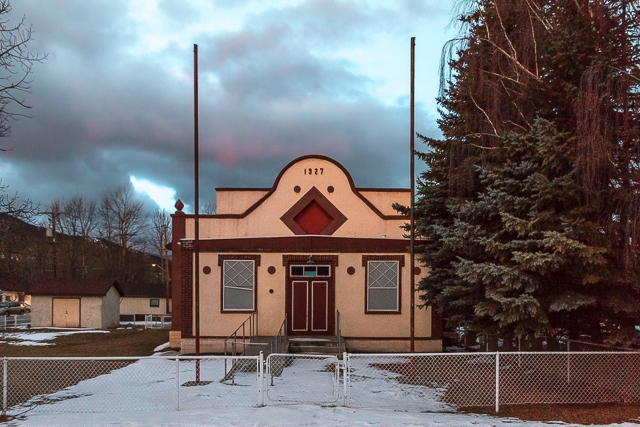
The Polish Hall in Coleman on the last morning of 2023.
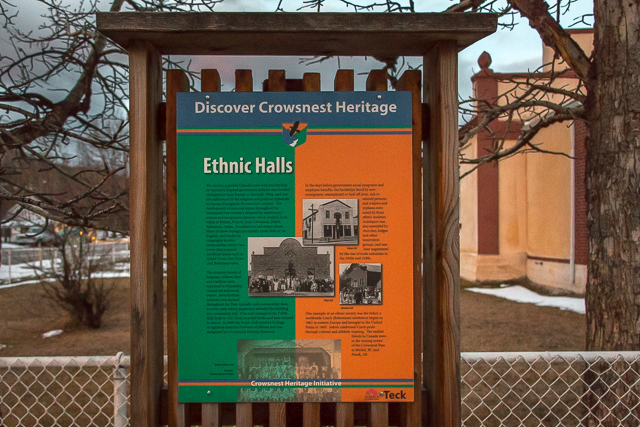
Get to know a little history.
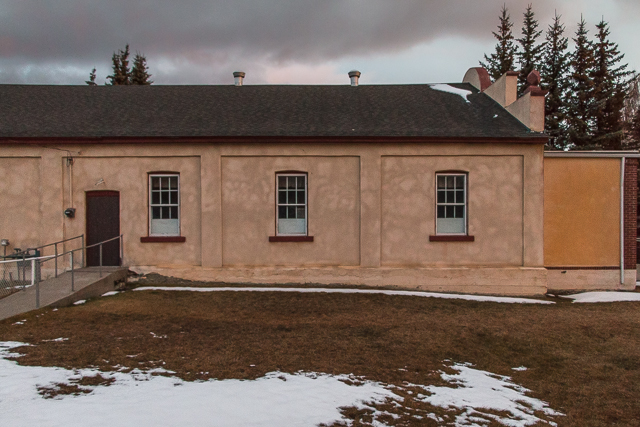
Constructed of stucco covered brick.
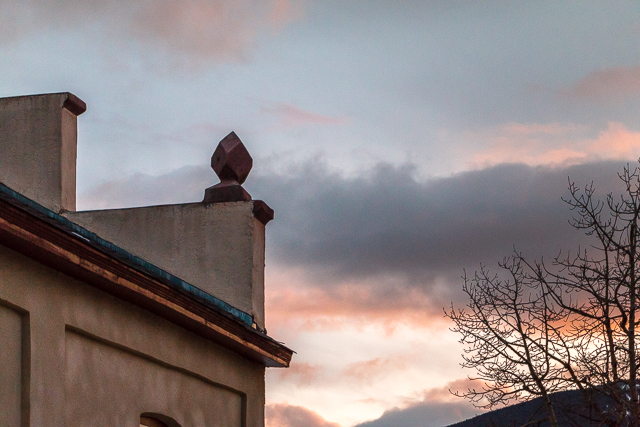
Coal and the Pass are forever connected.
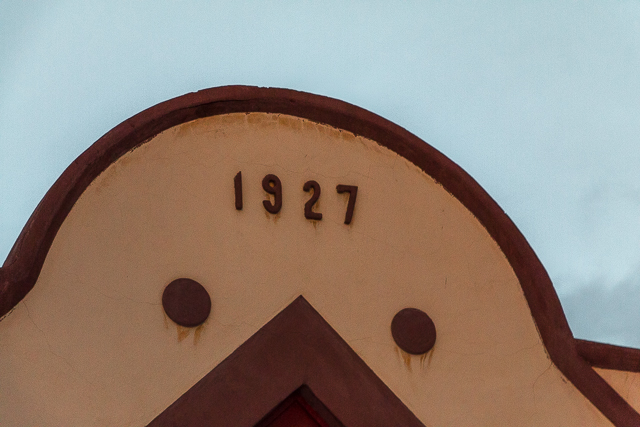
Built in 1927.
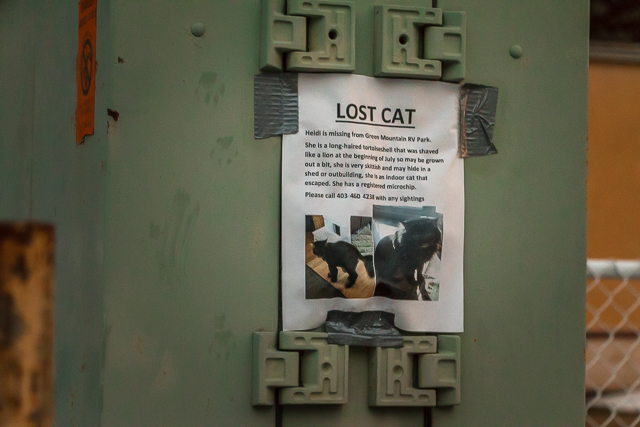
Hopefully found.

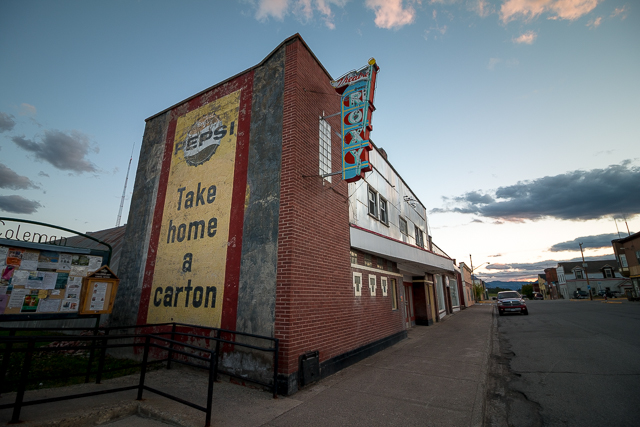
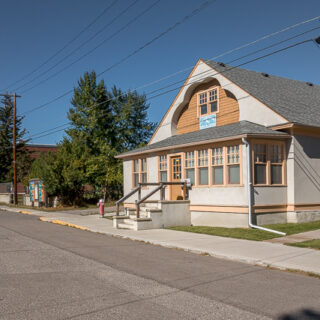
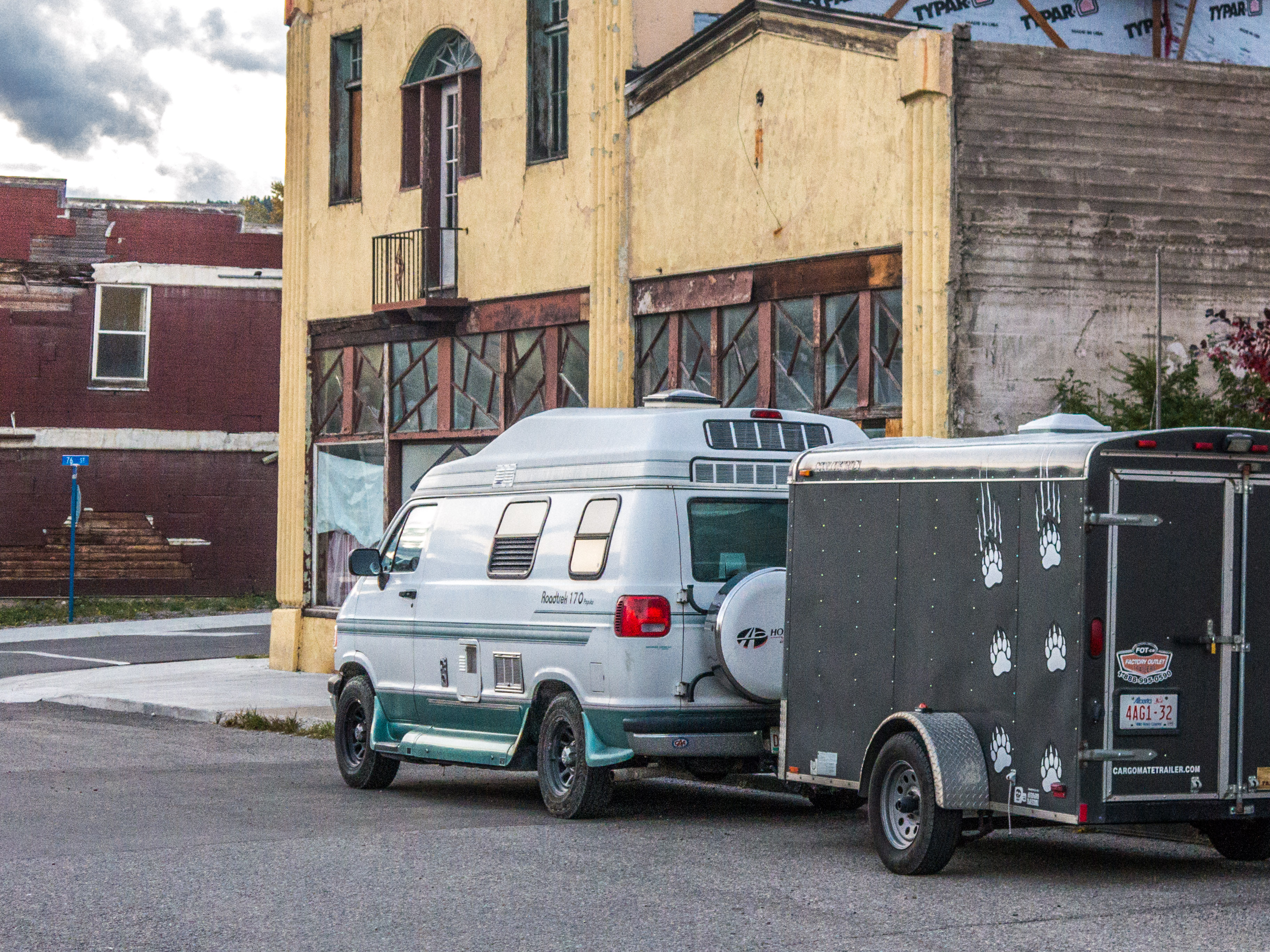
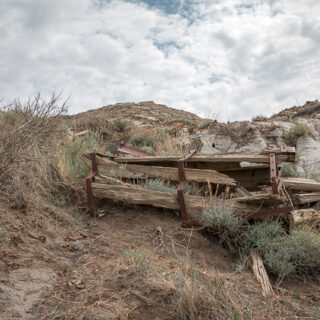
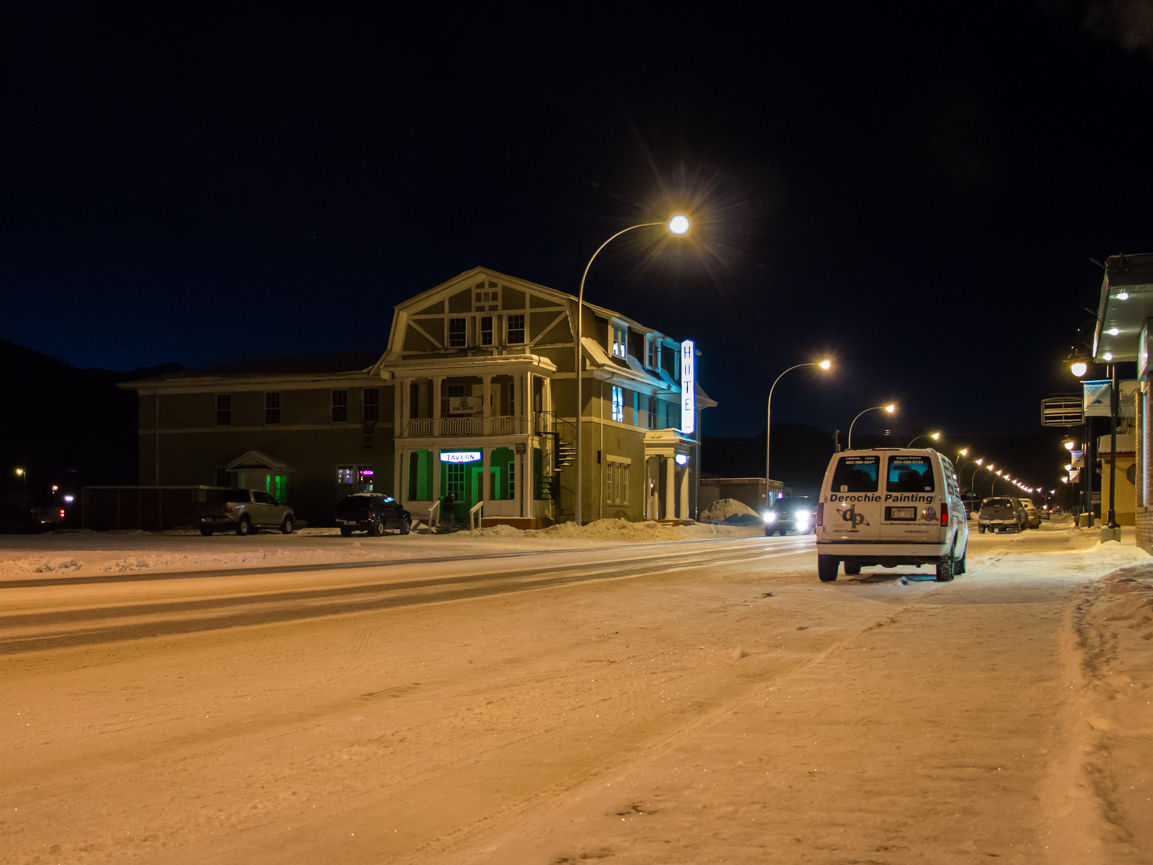
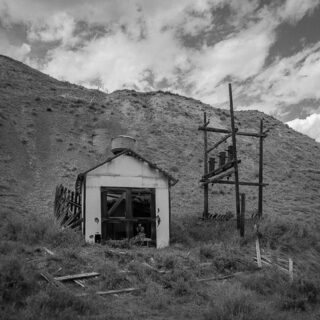
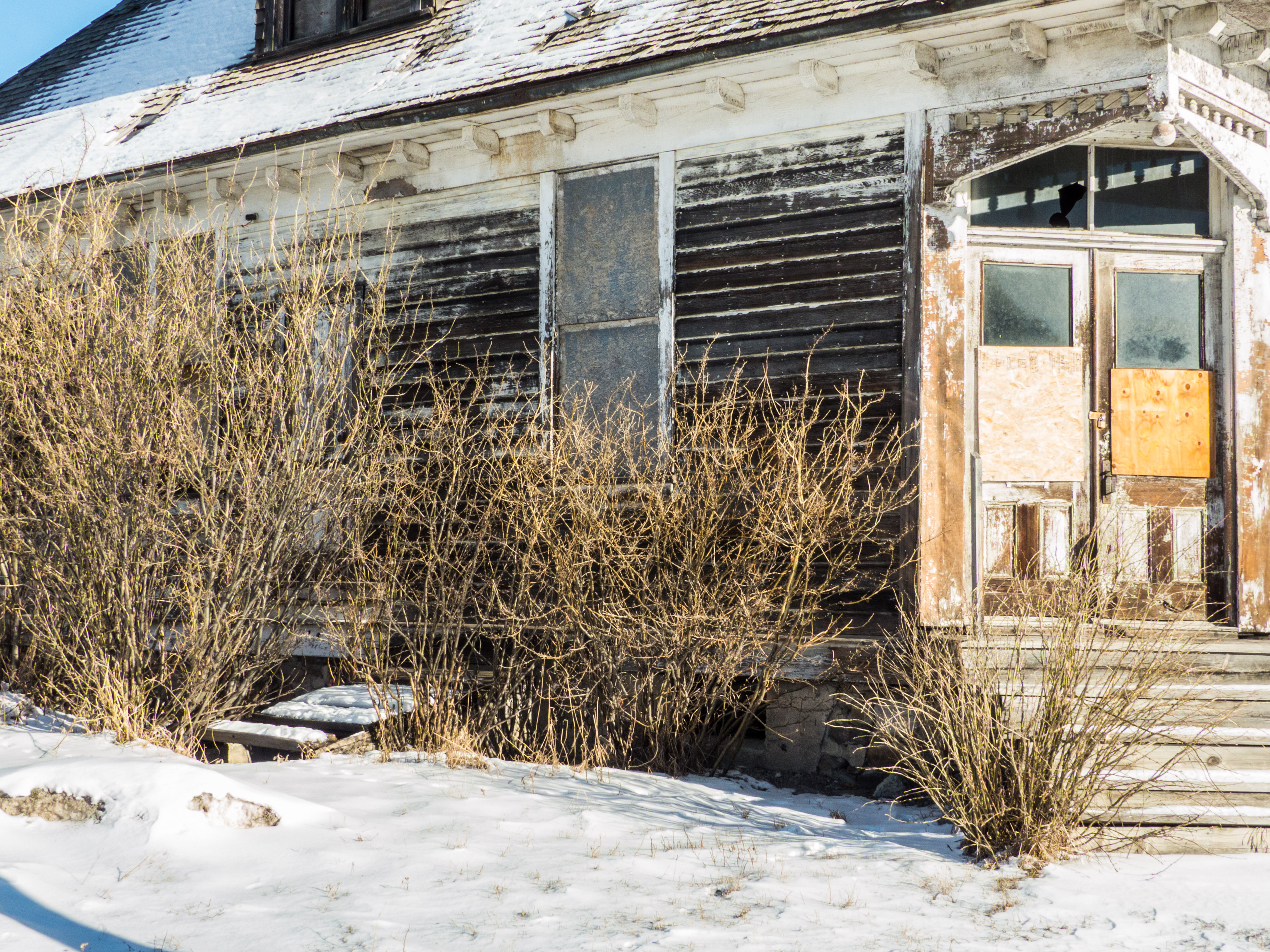
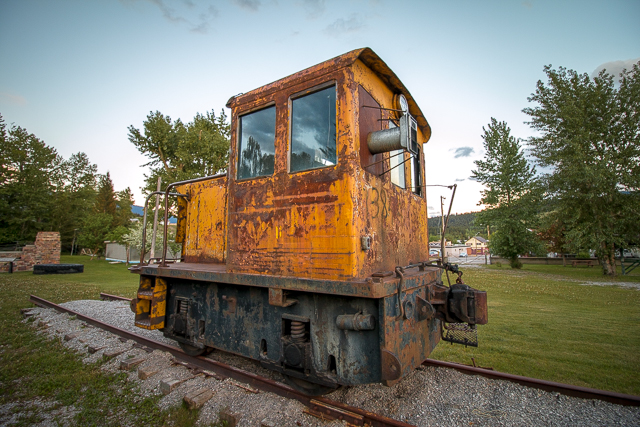
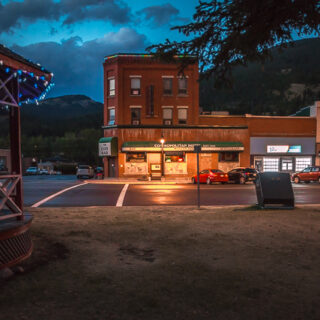
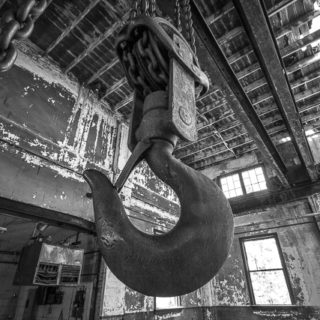
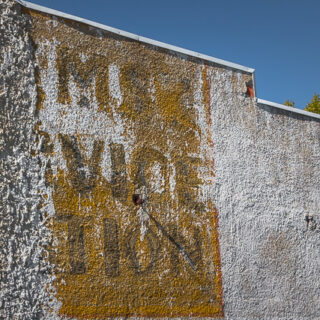
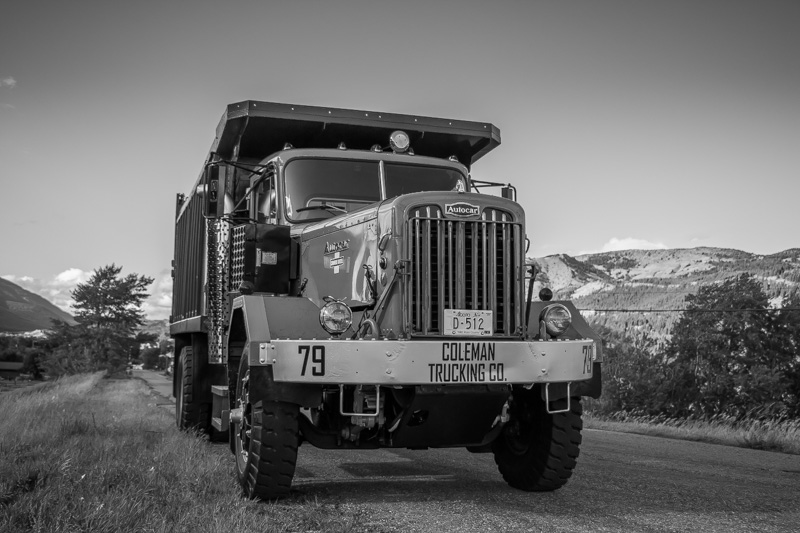







Comments are currently turned off